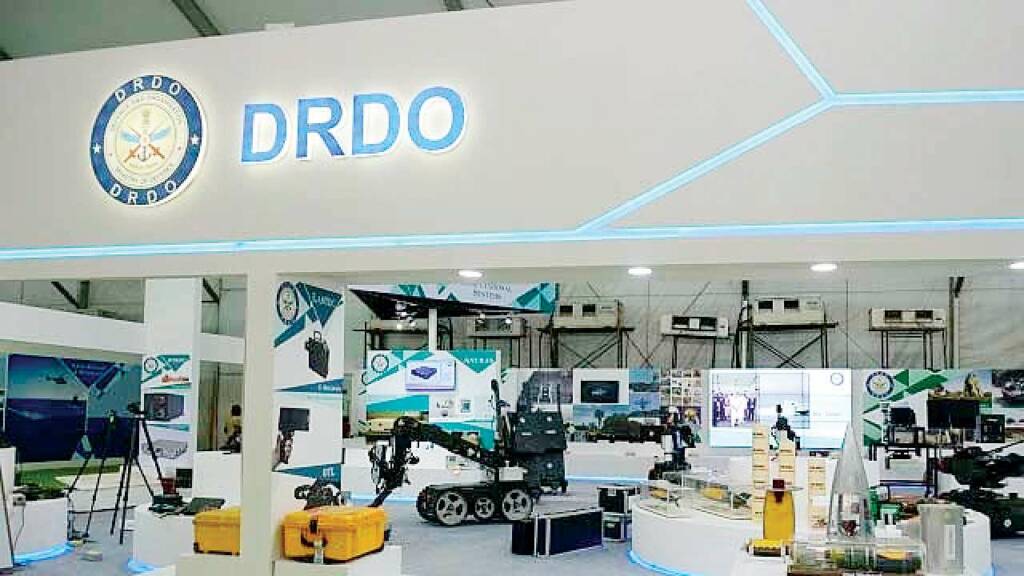Defence Research Development Organization (DRDO), the six decade-old organization with 30,000 workers including 5,000 is among the institutions that are leading Atmanirbhar Bharat Abhiyan through indigenous production of high-tech products.
In the Nehruvian economy, when every sector was getting dedicated government research department- Indian Space Research Organization, Indian Council of Medical Research, Council of Scientific and Industrial Research, Indian Council of Agricultural Research, Indian Council of Social Science Research are some examples- the Indian government decided to merge technical and production department of armed forces to come up with DRDO.
Most of these institutions are modelled on similar lines with various separate organizations across the country which operate under the leadership of the chairman, who, in turn, reports to the responsible ministry. However, most of these institutions except ISRO have achieved very little in decades of existence due to socialist work culture. Every year the Union government spends billions of dollars on them and they have become a burden on taxpayers.
But, DRDO, the institution on whose overhaul the government focussed for defence production indigenization drive, is giving very good results in the last few years, especially since the appointment of G Satheesh Reddy as chairman in August 2018. He was appointed in August 2018 for a two-year term and the government gave him an extension of two years given the extraordinary performance of the institution under his leadership.
In the last one and a half months, DRDO has conducted tests of 12 missiles- which is sort of a record- with the latest being a lethal anti-tank missile. In the wake of the ongoing border crisis with China since June, these successive tests have become even more important and signal aggressive posturing by India.
On September 7, DRDO tested a hypersonic technology demonstrator vehicle, which travels six times faster than sound. It is being seen as an effort to boost the development of systems built around offensive and defensive hypersonic missiles.
On September 22, a Laser-guided anti-tank missile was tested and the test was repeated on October 1. On October 22 too, Standoff Anti-tank Missile was tested. Although many other types of missiles were tested among 12 tests, anti-tank missiles were the highlight of this action-packed session. Anti-tank missiles are very useful in land warfare, especially in mountainous regions with large terrain like Ladakh and river. The test of these missiles was probably aimed at China, with the message that ‘We are Ready’ for a war in the Himalayas.
As per DRDO scientists, development and testing of these high-tech missiles is a very complex task.“The warheads, flight systems, guidance systems, softwares, electronics, communication systems, high energy fuels, various motors, stage separators in multi-stage missiles, all have to be tested. There are Standard Operating Procedures in place. In almost all the cases, missiles are developed in collaboration with various DRDO facilities. There are course corrections, user feedback that have to be incorporated,” said the scientist.
Moreover, testing of a missile needs approval from many ministries and departments, and testing of such a large number of missiles in a short period of time is definitive evidence of the Modi government’s pro-activeness and minimization of bureaucratic hurdles. “For these tests, particularly ones with long range systems, multiple clearances are required including those from the Ministry of Defence, Ministry of External Affairs and PMO. A Notice to Airmen — NOTAM is issued by the Airport Authority of India for the flight path of projectiles. In many cases, one more armed forces or the Strategic Forces Command are part of the tests. In the case of tests that are conducted off the coast, the Navy and Coast Guard are involved in the process,” said another scientist.
The Modi government is overhauling the research institutions in different sectors. ISRO has been working very efficiently since decades and DRDO is being overhauled by the government under the leadership of G Satheesh Reddy. ICMR has also built significant capabilities and was overhauled in the fight against Coronavirus disease. The next order of the reform should be in ICAR- the government is already liberalizing the sector- and CSIR in order to ensure that all of India’s contribute to the dream of “New India”.
With a network of more than 50 laboratories and a budget of around 16,000 crore rupees, DRDO has an important role to play in indigenization of defence production. The government has already started sidelining PSUs in the defence sector- HAL, Ordnance Factory etc- which were unable to even capitalize DRDO’s capabilities. Design and development of weapons remain with DRDO, the production contracts are being awarded to private players for efficient and timely production. A combination of Public and Private sector (PPP model) works better in India than the public sector on any given day and now the government has decided to operate this model for Atmanirbhar Bharat in the defence sector.
